A truly beautiful garden isn’t just about what grows tall—it’s about what happens beneath. Underplanting is the art of filling the spaces below shrubs, trees, and taller plants to create rich, layered landscapes full of texture, color, and life.
By mastering a few smart techniques, you can turn bare soil or sparse patches into thriving ground-level gardens. Thoughtful underplanting improves biodiversity, suppresses weeds, and helps retain moisture—while adding visual depth to any planting design.
In this article, explore 9 proven techniques for lush underplanting—and learn how to transform your garden from the ground up.
Contrast with Color
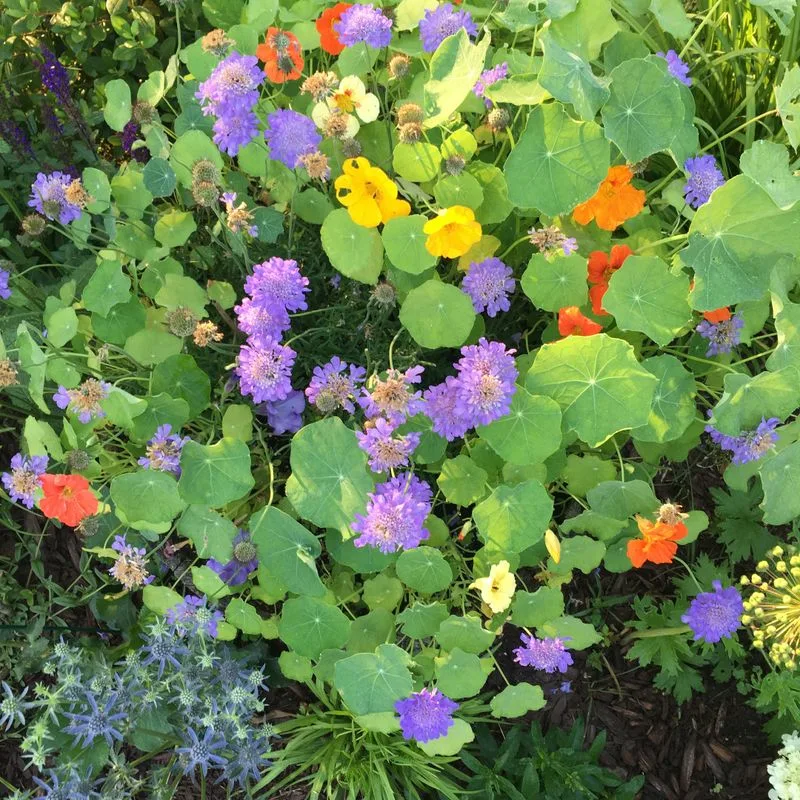
A splash of color breathes life into any garden. When contrasting hues meet, magic happens, drawing eyes and sparking curiosity. Imagine bright oranges playing against deep purples or sunny yellows peeking through lush greens.
This technique not only adds visual interest but also highlights individual plant features. Use color contrast to define areas within your landscape, guiding visitors through a unique sensory experience.
For those looking to experiment, consider pairing annuals with perennials to maintain a dynamic color palette throughout the seasons.
Embrace the Shade
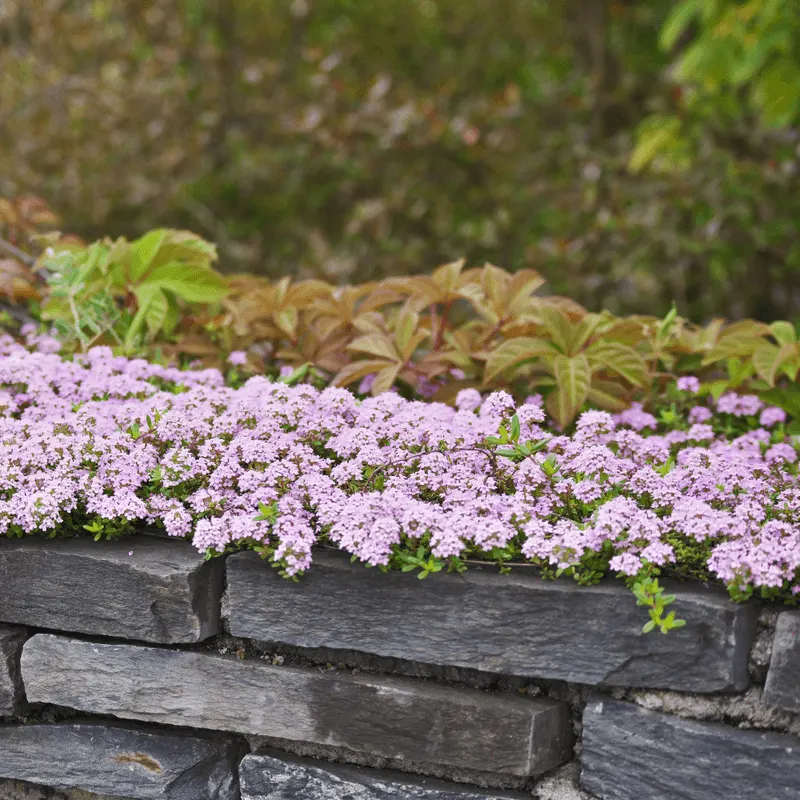
Shade doesn’t have to be a garden’s enemy. It can be an ally when paired with the right plants. Hostas and ferns thrive in low light, their varied textures creating an inviting tapestry.
Utilize this technique to craft peaceful retreats away from the sun’s glare. The cool tones of shade-loving plants bring serene vibes, perfect for contemplation.
Incorporate different leaf shapes and shades of green for a soothing, layered effect that invites exploration without overpowering the senses.
Height Variations for Effect

Creating visual intrigue through varying plant heights is a time-tested gardener’s trick. Tall grasses sway above sturdy shrubs, while ground covers fill in the gaps, forming a living masterpiece.
This method not only adds depth but also ensures each plant has its space to thrive. Playing with height variations can lead to unexpected perspectives and delightful surprises.
Experiment with different species to find the perfect balance that suits your garden’s needs and aesthetic goals.
Seasonal Layers

Seasonal interest keeps a garden dynamic year-round. Picture a space where spring bulbs give way to summer blooms, then fade into autumn hues.
By carefully selecting plants that flourish at different times, you ensure a continuous display of beauty. This method not only sustains interest but also supports diverse wildlife.
Consider native species for a harmonious blend with the local ecosystem, enhancing both aesthetic appeal and ecological value.
Texture Play
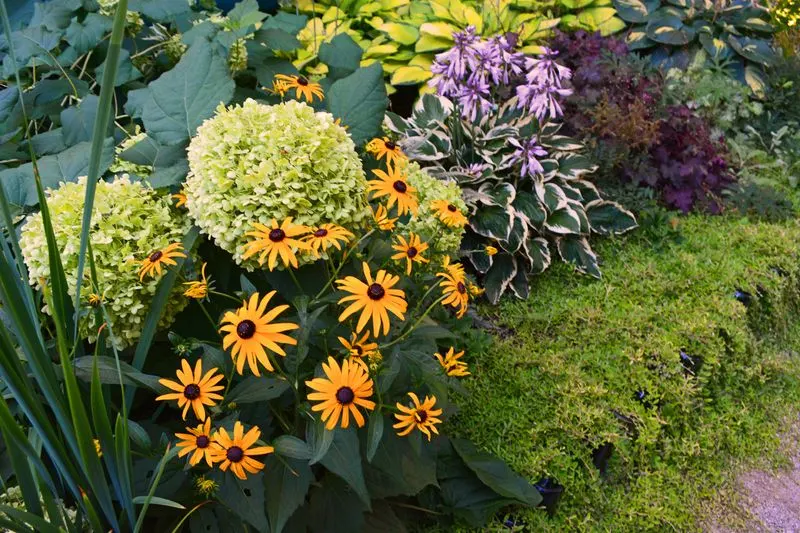
Texture adds another layer of depth, appealing not just to the eyes but to the touch. Smooth grasses beside rough-leafed shrubs create a tactile contrast that’s hard to ignore.
Incorporating varied textures draws attention and invites interaction, making the garden a more engaging space. It’s about more than looks—texture can influence the garden’s mood.
Experiment with different materials to create a unique sensory palette that reflects your personal style.
Wildlife Havens
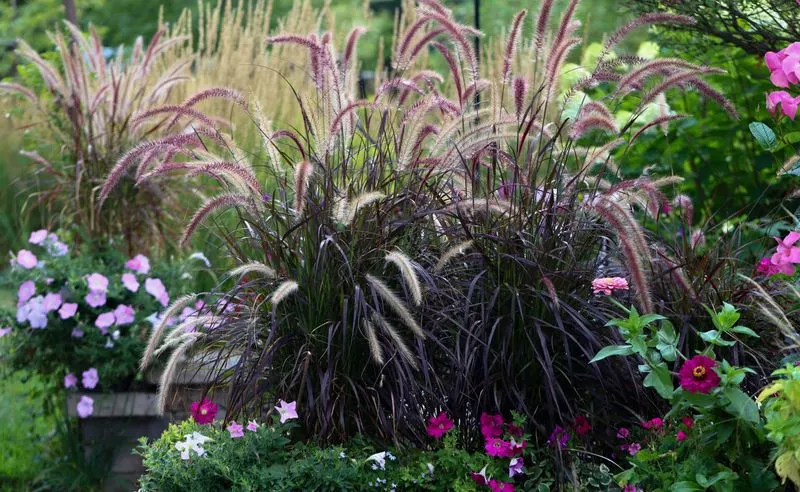
Gardens can be more than a feast for the eyes—they can be havens for wildlife. By choosing plants that support local fauna, you create a vibrant ecosystem.
Think of flowers that beckon bees or shrubs that shelter birds. Each plant becomes a part of a living tapestry, contributing to ecological balance.
This technique enhances biodiversity, making your garden not only beautiful but also environmentally friendly, supporting nature’s life cycle.
Fragrance Layers
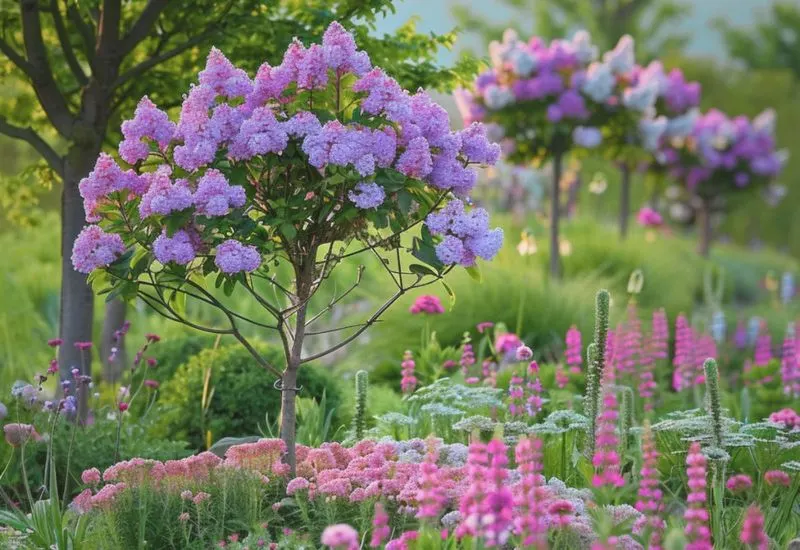
Fragrance adds an invisible layer to a garden’s beauty, tantalizing the senses in unexpected ways. Imagine walking through scents of lavender mingling with jasmine on a warm breeze.
This technique transforms spaces into olfactory wonders, where every corner holds a new aromatic delight. Fragrance layers create memories, making visits to the garden unforgettable.
Choose plants with complementary scents to craft a harmonious symphony that appeals to everyone who passes by.
Edible Underplanting
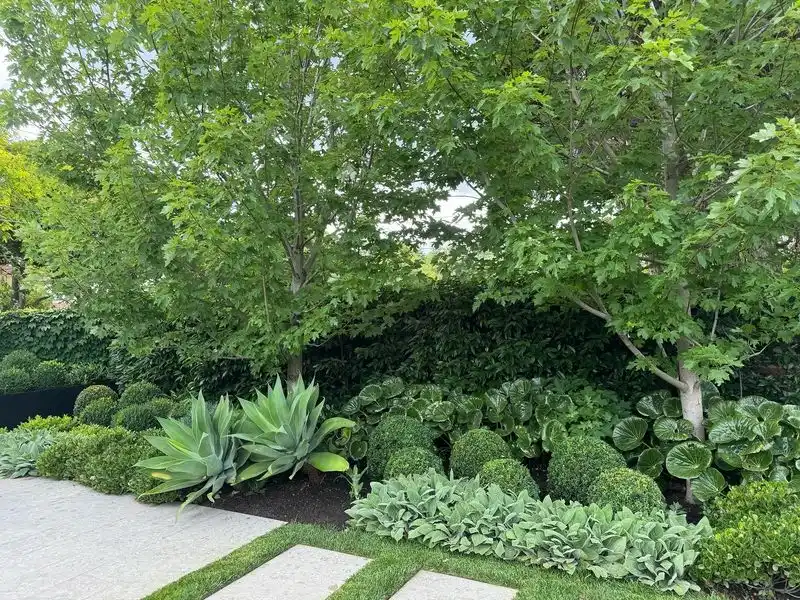
Why not feast your eyes and palate? Edible underplanting marries beauty with function, offering visual appeal alongside fresh flavors. Herbs and vegetables mingle with ornamental plants, creating a practical yet pretty garden.
This method encourages sustainable living, allowing you to harvest ingredients right from your backyard. It also provides a wonderful educational experience for families.
Choose varieties that thrive together, ensuring a bountiful and balanced yield throughout the growing season.
Symbiotic Planting
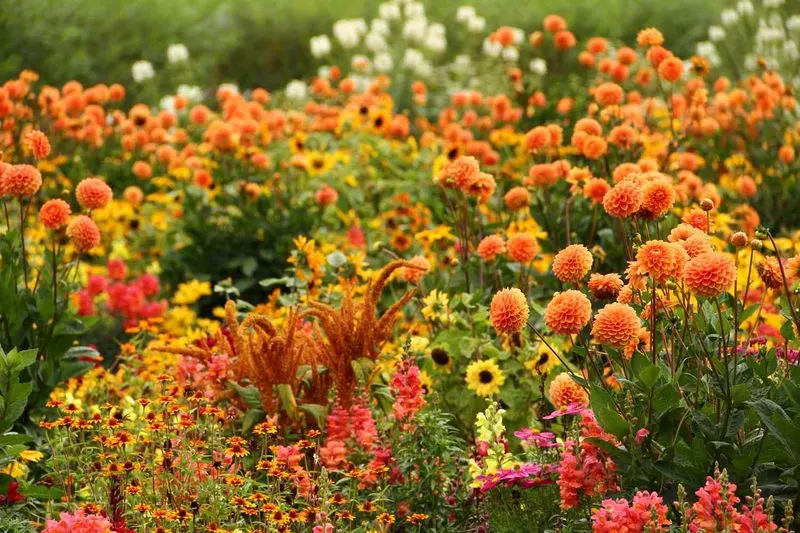
The power of partnership is evident in symbiotic planting. Certain plants naturally support each other’s growth, optimizing space and resources.
Consider marigolds and tomatoes; the former repels pests while the latter flourishes. This technique maximizes productivity while minimizing labor.
It’s a clever way to nurture a garden that’s both efficient and self-sustaining, highlighting nature’s wisdom in fostering mutual support among species.

